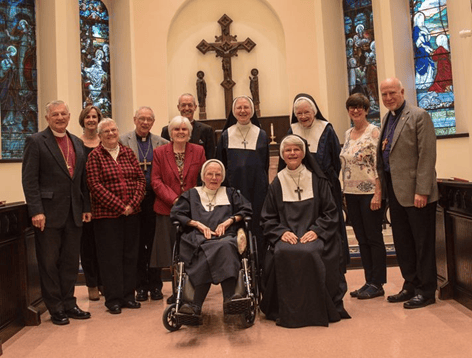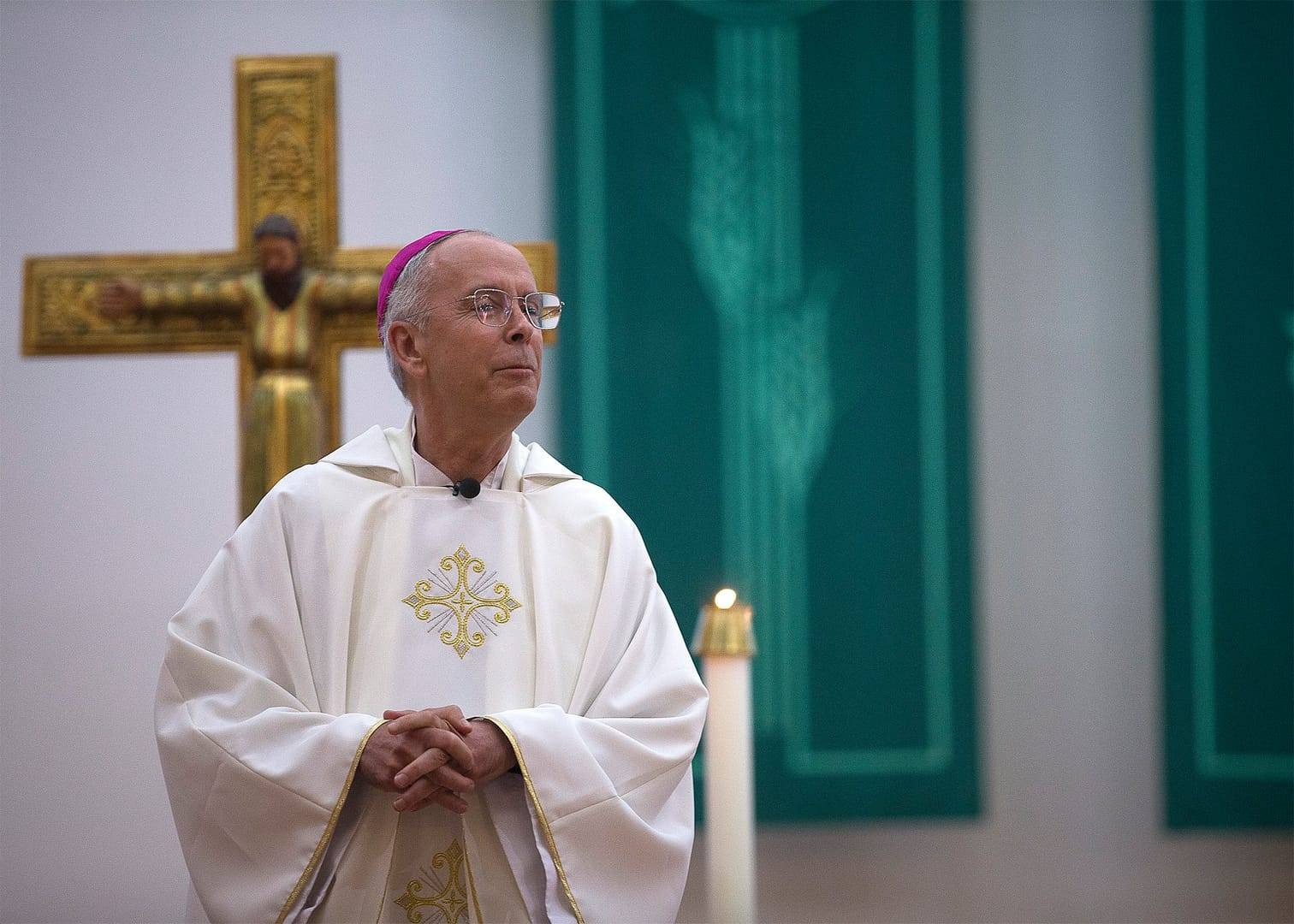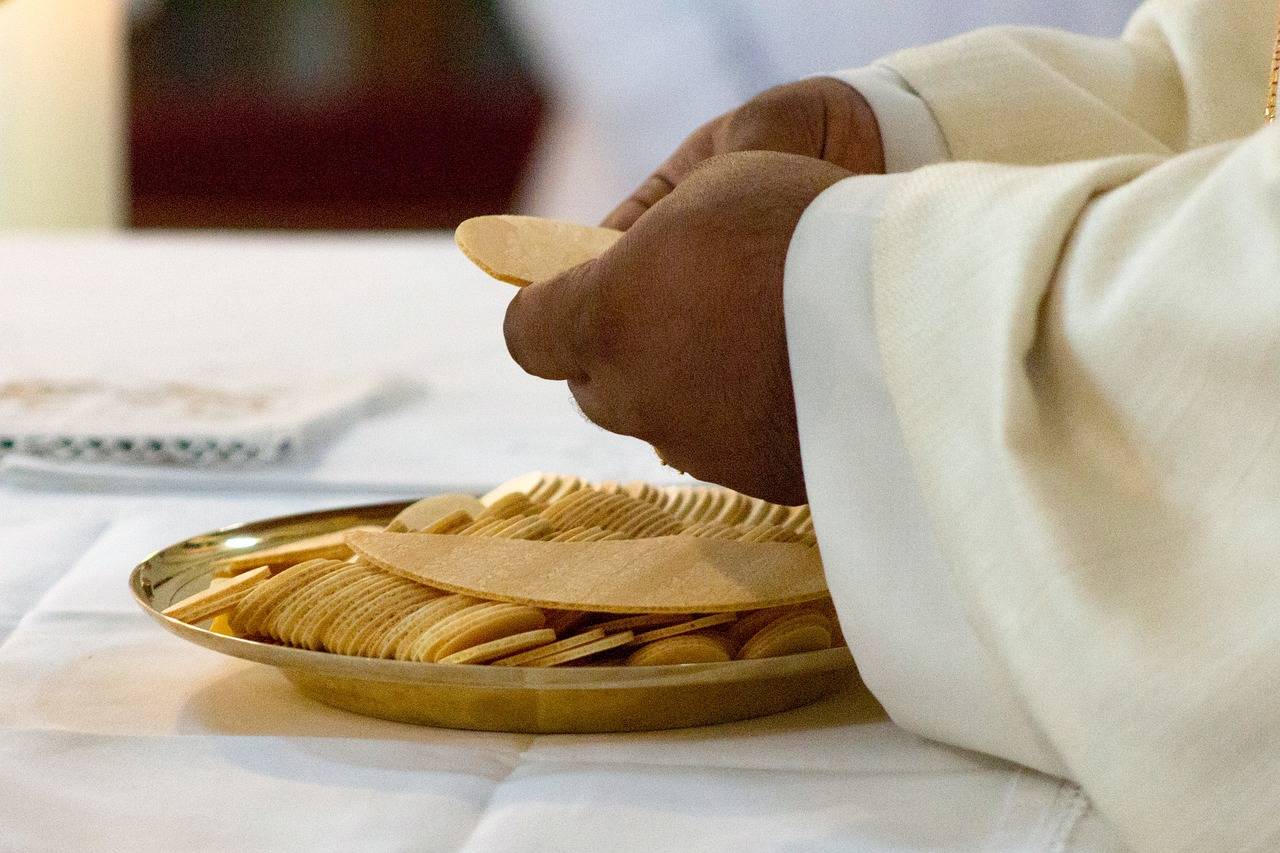Three years after the release of Pope Francis’s encyclical calling for greater concern for the environment, one archdiocese has teamed up with civic officials to give practical application of the pope’s challenge in what some may view as the most unlikely of places: a cemetery.
Yet, according to Cardinal Donald Wuerl of the archdiocese of Washington, cemeteries are for both the dead and the living — which is why he’s chosen to partner with the Nature Conservancy and the D.C. Department of Energy and the Environment in installation of a green infrastructure project to address the problem of urban stormwater pollution.
Through a new installation which has replaced unused roads with a green garden, the initiative captures stormwater and prevents it from flowing off cemetery roads into one of the tributaries of the Anacostia River.
The effort is meant to lead to a substantial reduction of the more than 3-billion gallons of run-off and sewage that flows into the surrounding rivers and bodies of water — making it one of the fastest-growing sources of water pollution in the world.
And, in that way, the grounds of the cemetery have become a physical means of both honoring the dead and also giving new life.
“Our cemeteries are considered sacred ground because it is here that we bury our dead in the hope of the resurrection,” said Wuerl, after touring the installation earlier this month at the Mount Olivet Cemetery in the nation’s capital.
“But cemeteries also serve the living,” he said. “We take particular care of the grounds, so that those who come to visit, to remember and to pray for their dead do so in beautiful, peaceful, serene surroundings.”
The Nature Conservancy, a national water and land conservation organization, has been one of the key partners with the archdiocese, and at the unveiling of the initiative its President and CEO, Mark Tercek, said it would improve the quality of life for D.C. area residents.
Wuerl used the occasion to cite Francis’s 2015 encyclical Laudato Si’ and the responsibility of Catholics to work together on the “care of our common home.”
The encyclical, Wuerl said, “includes a concern to bring the whole human family together to seek a sustainable and integral development.”
In addition to reducing pollution, the site will generate Stormwater Retention Credits (SRCs) that are being sold on the District of Columbia’s SRC credit market, which was established, by the D.C. Department of Energy and the Environment.
Tommy Wells, director of the D.C. Department of Energy and the Environment, told Crux that he hopes this project marks the first of many future partnerships between religious institutions and the city for the sake of sustainability.
“Some of the largest parcels of land in the District are owned by faith-based institutions, and this project is just the first of what I hope is many — not just in terms of meeting stormwater management goals, but also for generating solar energy.”
He also cited Laudato si’ and noted that it requires “a commitment by faithful members of the community to work toward solutions.”
The innovative project at the 85-acre cemetery is thought to be the first collaboration between an environmental conservation organization and the Catholic Church to address urban stormwater pollution and related challenges.
In an interview with Crux, Wuerl said that the initiative is yet another example of the Church’s engagement with the community that likely goes unnoticed by the majority of Catholics in the pews.
“Many, many good and practicing Catholics have no idea of the extent of the Church’s involvement in the community,” he said, adding that once they find out, they’re often pleasantly surprised.
Wuerl said that Laudato si’ is an important moment in the life of the Church, because it lets the world know that “we want a place at the table” and to “be a part of the discussion” when it comes to caring for creation.
“As bishops, we are pastors of souls, and overseers of local churches, but we’re not just responsible for repeating the Church’s teaching but finding ways of implementing it locally,” he said.
Hence, for Wuerl, this cemetery project was a practical means of giving lived expression to the pope’s challenge for Catholics to engage in environmental leadership — and in a way that has real life consequences.
“We have to be key witnesses,” said Wuerl, “with the words that we proclaim, and with our actions.”















